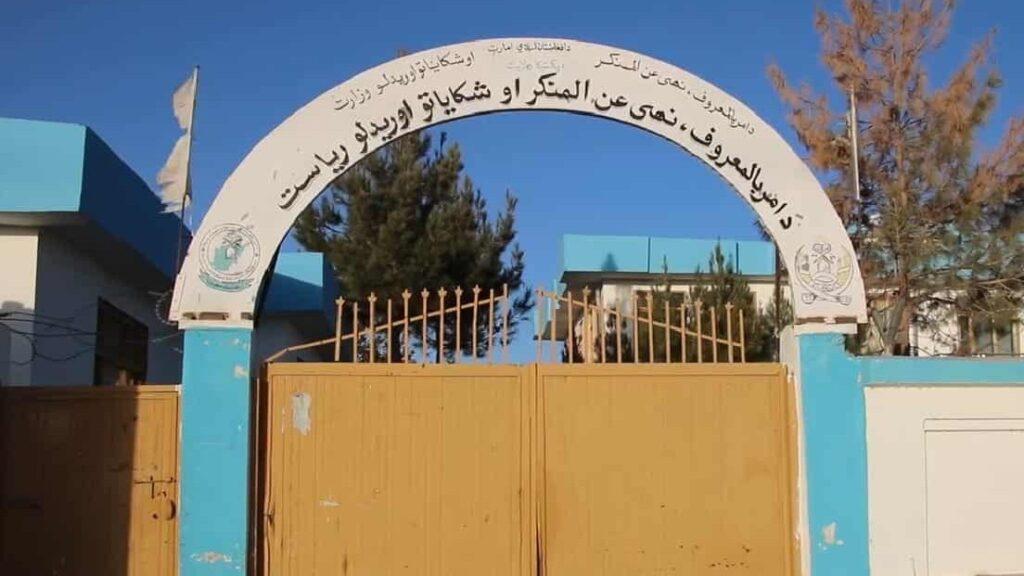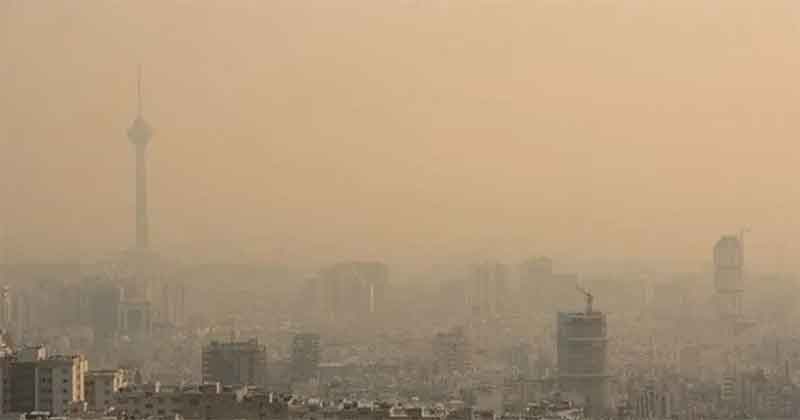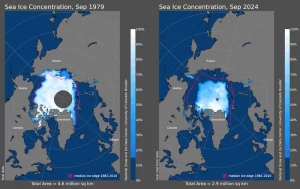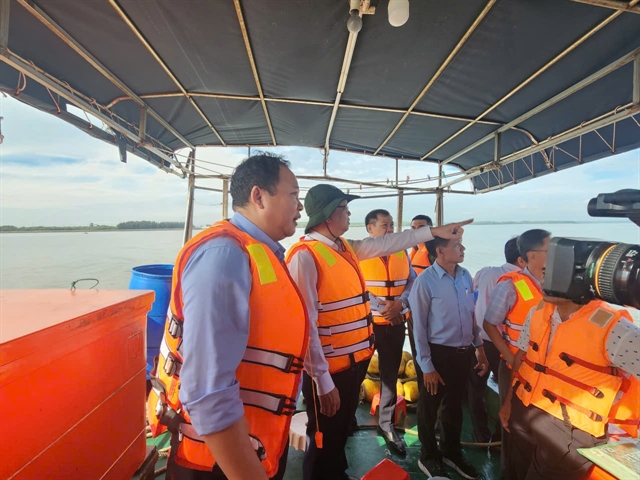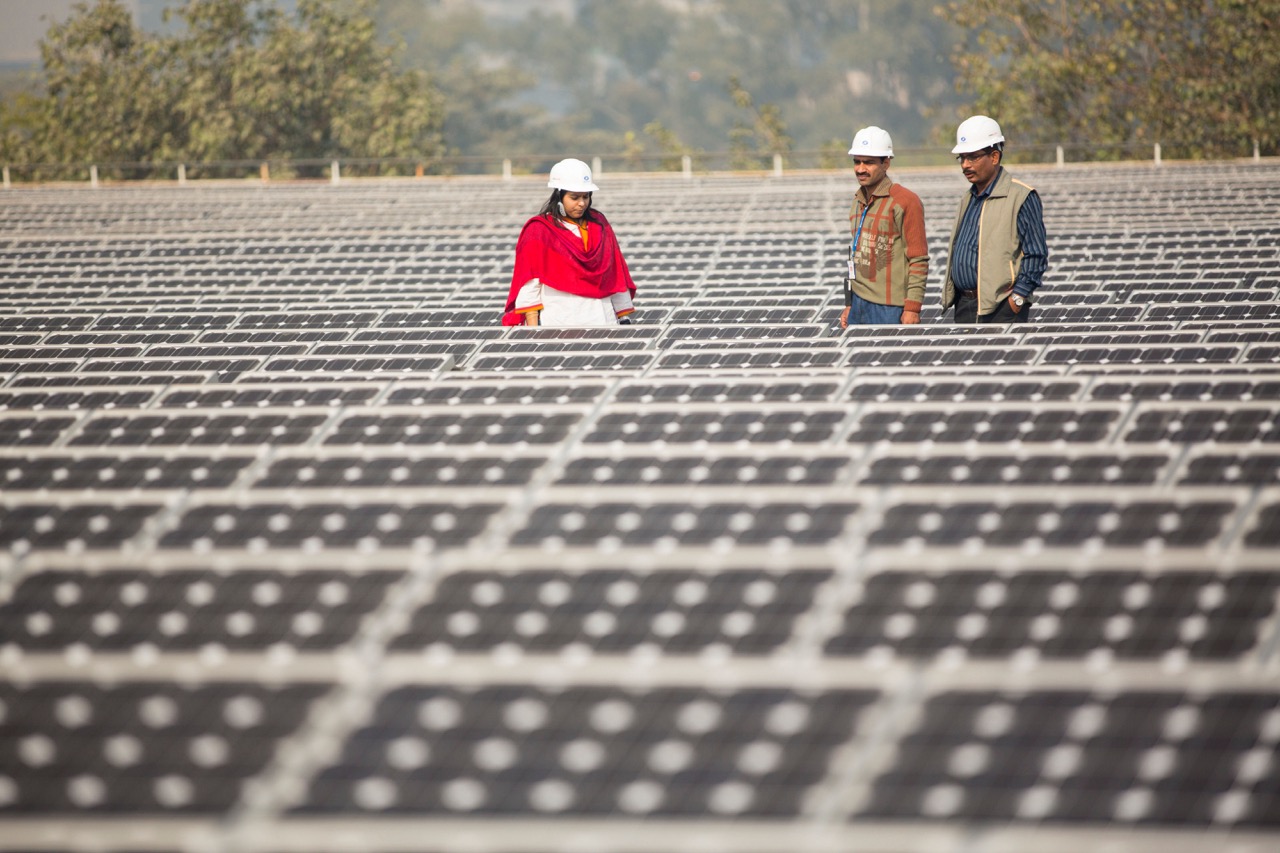Innovation In Global Climate Governance Without The Big Players – Analysis – Eurasia Review

Report on Global Climate Governance and Sustainable Development Challenges
1.0 Diminished Global Commitment to Climate Action at COP30
The 30th Conference of the Parties (COP30) convenes amidst growing concerns of a regression in global climate negotiations, posing a significant threat to the achievement of Sustainable Development Goal 13 (Climate Action). Geopolitical tensions and domestic economic pressures have led to a notable decrease in high-level participation from major greenhouse gas emitters, undermining the principles of SDG 17 (Partnerships for the Goals).
1.1 High-Level Representation and Implications
- Fewer than 60 national leaders have confirmed attendance at the summit.
- The United States will not send senior federal officials, with representation limited to embassy staff.
- China and Japan will be represented by officials below the head-of-government level.
- India will be represented by its Environment Minister.
- European participation remains comparatively strong, with leaders from the U.K., France, Germany, and the European Commission expected to attend.
This reduced engagement from key nations is anticipated to impede substantive progress on critical climate finance and emissions reduction targets, essential components for fulfilling SDG 13. The divergence in priorities between developed and developing nations continues to complicate the establishment of a unified global climate governance framework.
2.0 The Environmental Impact of Digital Transformation
The rapid expansion of the “smart industry,” while aligned with SDG 9 (Industry, Innovation, and Infrastructure), presents a significant paradox by creating unsustainable demands on natural resources. This trend directly conflicts with SDG 6 (Clean Water and Sanitation) and SDG 7 (Affordable and Clean Energy).
2.1 Energy and Water Consumption in the Technology Sector
- Intensive Resource Use: Artificial intelligence (AI), semiconductor manufacturing, and cloud data centers consume energy and water at unprecedented rates, straining environmental carrying capacity.
- Water Scarcity: Projections indicate that by 2030, global freshwater demand will exceed supply by 40%, leaving an estimated 1.6 billion people without access to safe drinking water, a direct challenge to SDG 6.
- Energy Demands: The development of large-scale AI infrastructure, such as the planned one-gigawatt data center complex in Michigan, exemplifies the immense electricity requirements of the sector. Such facilities consume power equivalent to hundreds of thousands of homes, placing pressure on energy grids and complicating the transition to clean energy as outlined in SDG 7.
3.0 Systemic Risks from Climate-Induced Disasters
The increasing frequency and unpredictability of extreme weather events, a direct failure to advance SDG 13, expose critical vulnerabilities in modern infrastructure and social systems. These disasters threaten progress on SDG 11 (Sustainable Cities and Communities) and SDG 16 (Peace, Justice, and Strong Institutions).
3.1 Infrastructure Vulnerability and Social Disruption
- Urban Resilience Failure: Highly digitized “smart cities” are susceptible to immediate collapse during large-scale power outages. The April 2025 blackout on the Iberian Peninsula, affecting 60 million people, demonstrated the fragility of interconnected urban systems, including transportation, communication, and healthcare.
- Social Instability: Climate-related disasters can trigger breakdowns in social order, undermining SDG 16. In the summer of 2025, extreme weather in China led to resource shortages and communication failures, culminating in incidents of public disorder, such as the looting of shops in Guangdong Province.
4.0 Evolving a Symbiotic Approach to Climate Governance
Climate change must be addressed as a complex systemic issue interlinked with multiple Sustainable Development Goals, including energy, economic growth, and social well-being. The potential for cascading “tipping points” within the Earth’s systems presents an unprecedented challenge to national and global governance capabilities.
4.1 Integrated Strategies for Sustainable Development
Effective climate governance requires a holistic approach that integrates climate strategies with national security, economic policy, and industrial agendas. Key considerations include:
- Fostering Global Partnerships (SDG 17): Despite reduced engagement from some developed nations, the global momentum for decarbonization continues. Developing countries are increasingly seeking central roles in climate dialogues, green supply chain expansion, and collaboration on disaster relief and public health.
- Building Consensus: The core objective of global climate governance must be to establish a “minimum consensus” that allows diverse stakeholders to coexist and pursue sustainable development collaboratively.
- Individual and Collective Action: Achieving the interconnected web of SDGs necessitates systemic change, requiring coordinated action and adaptation from all levels of society.
Analysis of Sustainable Development Goals in the Article
1. Which SDGs are addressed or connected to the issues highlighted in the article?
The article discusses several interconnected global challenges that are directly relevant to multiple Sustainable Development Goals. The analysis identifies the following SDGs:
- SDG 6: Clean Water and Sanitation – The article highlights the immense water consumption of new technologies and the growing global water scarcity.
- SDG 7: Affordable and Clean Energy – The text focuses on the massive electricity consumption by AI and data centers, as well as the vulnerability of power grids.
- SDG 9: Industry, Innovation, and Infrastructure – The article discusses technological innovation (AI, data centers) and its environmental impact, alongside the failure of critical infrastructure like power and communication networks during disasters.
- SDG 11: Sustainable Cities and Communities – The article addresses the vulnerability of “smart cities” to power outages and the social disruption in urban areas caused by climate-related disasters.
- SDG 13: Climate Action – This is the central theme, with discussions on the COP30 climate summit, emissions reduction, extreme weather events, and the need for global climate governance.
- SDG 17: Partnerships for the Goals – The article emphasizes the challenges in international cooperation, citing geopolitical tensions, the absence of leaders from major emitting countries at COP30, and the need for a “minimum consensus” to address climate change.
2. What specific targets under those SDGs can be identified based on the article’s content?
Based on the issues raised, the following specific SDG targets can be identified:
- Target 6.1: Achieve universal and equitable access to safe and affordable drinking water for all. The article directly connects to this by stating that by 2030, an “estimated 1.6 billion people” will be left “without access to safe drinking water.”
- Target 6.4: Substantially increase water-use efficiency across all sectors and ensure sustainable withdrawals and supply of freshwater to address water scarcity. This is relevant because the article points out that high-tech industries like AI and semiconductor manufacturing have driven water consumption to “unprecedented levels” and that “global freshwater demand is expected to exceed supply by 40%.”
- Target 7.3: Double the global rate of improvement in energy efficiency. The article’s focus on the “vast amounts of electricity” consumed by training generative AI models and the plan to build a one-gigawatt data center complex highlights the urgent need for greater energy efficiency in the technology sector.
- Target 9.1: Develop quality, reliable, sustainable and resilient infrastructure. The article provides a clear example of this target’s relevance by describing a massive power outage in Spain and Portugal that “impacted approximately 60 million people” and caused disruptions to communication, transport, and healthcare systems, demonstrating a lack of resilient infrastructure.
- Target 11.5: Significantly reduce the number of deaths and the number of people affected and substantially decrease the direct economic losses caused by disasters. The article illustrates this by mentioning how extreme weather in China led to “water and power shortages, along with breakdowns in communication and transportation systems” and social disorder, such as the “looting of shops in Huaiji County.”
- Target 13.1: Strengthen resilience and adaptive capacity to climate-related hazards and natural disasters in all countries. The article underscores this target by stating that “climate change is causing extreme weather events to become more frequent and unpredictable” and that even advanced technologies “struggle to keep up with the pace of floods, storms, and droughts.”
- Target 17.16: Enhance the global partnership for sustainable development. The article directly addresses the challenges to this target by noting the “growing signs of backsliding in global climate negotiations,” the absence of leaders from major emitters like the U.S. at COP30, and how “worsening geopolitical tensions” are dampening international cooperation.
3. Are there any indicators mentioned or implied in the article that can be used to measure progress towards the identified targets?
The article provides several explicit and implicit indicators that can be used to measure progress:
- Indicator 6.1.1 (Proportion of population using safely managed drinking water services): The article provides a direct data point for this indicator by forecasting that “1.6 billion people” will be without access to safe drinking water.
- Indicator 6.4.2 (Level of water stress: freshwater withdrawal as a proportion of available freshwater resources): Progress can be measured against the article’s projection that “global freshwater demand is expected to exceed supply by 40%.” Reducing this gap would indicate progress.
- Indicator 9.1.1 / 11.5.2 (Disruption of basic services due to disasters): The article provides qualitative and quantitative data points that serve as indicators of infrastructure failure. The mention of a power outage impacting “approximately 60 million people” and causing disruptions to “mobile networks and internet services” is a direct measure of the lack of infrastructure resilience.
- Indicator 11.5.1 (Number of directly affected persons attributed to disasters per 100,000 population): The 60 million people affected by the power outage serves as a direct measure for this indicator.
- Indicator 13.1.2 (Number of countries that have national and local disaster risk reduction strategies): The article implies a lack of effective strategies by describing how cities in China were “plunged into chaos” by extreme weather and “emergency responses were delayed in some regions.” The effectiveness of such strategies is an implied indicator.
- Indicator 17.16.1 (Number of countries reporting progress in multi-stakeholder development effectiveness monitoring frameworks): The article provides a qualitative indicator of backsliding by noting the “reduced presence of top-level representatives from the world’s largest emitters” at COP30, which is likely to “hinder substantive progress on key issues.” The level of participation and commitment in such forums is a key indicator of the health of the global partnership.
4. Summary Table of SDGs, Targets, and Indicators
| SDGs | Targets | Indicators Identified in the Article |
|---|---|---|
| SDG 6: Clean Water and Sanitation | 6.1: Achieve universal access to safe drinking water. 6.4: Increase water-use efficiency and address water scarcity. |
– Forecast of 1.6 billion people without access to safe drinking water (Indicator 6.1.1). – Projection that global freshwater demand will exceed supply by 40% (Indicator 6.4.2). |
| SDG 7: Affordable and Clean Energy | 7.3: Double the rate of improvement in energy efficiency. | – “Vast amounts of electricity” consumed by AI and data centers, such as a planned one-gigawatt facility, implying a need to measure and improve energy intensity. |
| SDG 9: Industry, Innovation, and Infrastructure | 9.1: Develop quality, reliable, sustainable and resilient infrastructure. | – A power outage impacting 60 million people and disrupting communications, transport, and healthcare, indicating a lack of infrastructure resilience. |
| SDG 11: Sustainable Cities and Communities | 11.5: Reduce the number of people affected by disasters and the resulting economic losses. | – 60 million people affected by a power outage (Indicator 11.5.1). – Disruption of urban supply chains and public services during disasters (Indicator 11.5.2). |
| SDG 13: Climate Action | 13.1: Strengthen resilience and adaptive capacity to climate-related hazards. | – Descriptions of societal chaos and delayed emergency responses following extreme weather events, implying a lack of effective disaster risk reduction strategies (related to Indicator 13.1.2). |
| SDG 17: Partnerships for the Goals | 17.16: Enhance the global partnership for sustainable development. | – Reduced attendance of leaders from major emitting countries at COP30, signaling a weakening of international cooperation (qualitative measure for Indicator 17.16.1). |
Source: eurasiareview.com
What is Your Reaction?
 Like
0
Like
0
 Dislike
0
Dislike
0
 Love
0
Love
0
 Funny
0
Funny
0
 Angry
0
Angry
0
 Sad
0
Sad
0
 Wow
0
Wow
0








